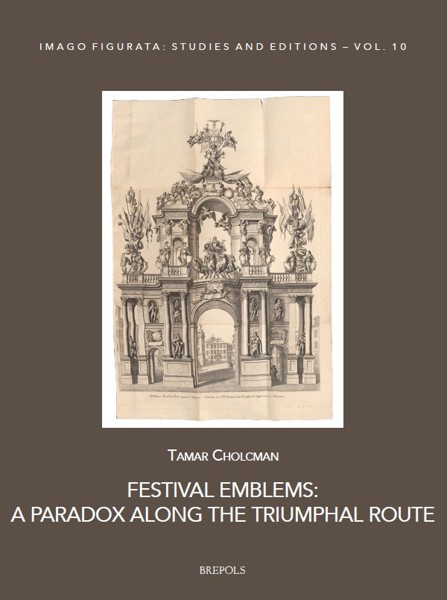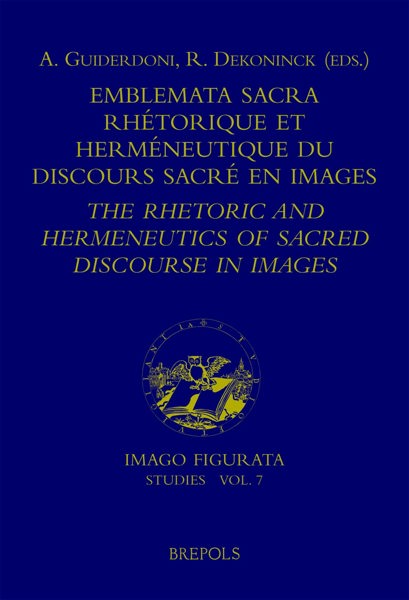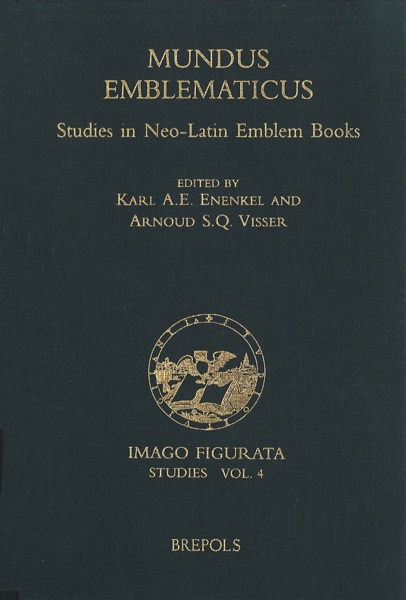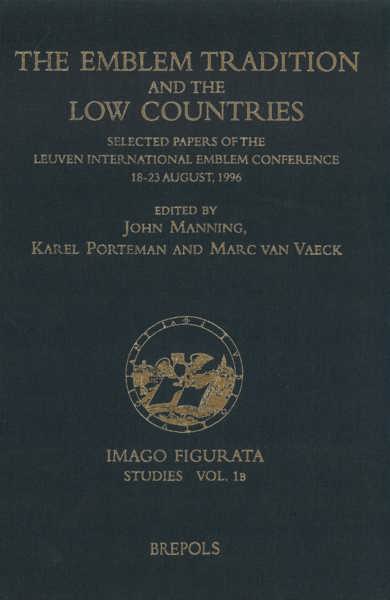
- Pages:2 vols, approx. vi + 704 p.
- Size:216 x 280 mm
- Illustrations:479 b/w, 138 col.
- Language(s):English
- Publication Year:2026
- € 180,00 EXCL. VAT RETAIL PRICE
- ISBN: 978-2-503-59316-6
- Hardback
- Forthcoming (Jan/26)
*How to pre-order?
Sweden and the Emblem is the first full-length study of the emergence of the Renaissance and Baroque emblem in Swedish culture during that country’s political rise through its Age of Greatness, and on to its subsequent century of science in the Age of Liberty.
Dr Simon McKeown is Head of the History of Art Department at Marlborough College and Chair of the Society for Emblem Studies. He serves as associate editor of the journal Emblematica: Essays in Word and Image, co-edits the book series Kieler Beiträge zur Emblematik and Imago Figurata, and sits on the editorial board of the Art Academy of Latvia. He is author of the monographs Emblematic Paintings from Sweden’s Age of Greatness (2006); Sacred Emblems in Western Sweden (2021); and Emblems at Läckö (2024). Among his edited volumes are The Emblem in Scandinavia and the Baltic (2006, with Mara Wade); Reading and Writing the Swedish Renaissance (2009); The International Emblem: From Incunabula to the Internet (2010); Otto Vaenius and his Emblem Books (2012); and Emblems and Impact: Von Zentrum und Peripherie der Emblematik (2017, with Ingrid Hoepel).
Sweden and the Emblem is the first full-length monograph in any language to examine the place of the emblematic arts in Sweden. Long overlooked as a country peripheral to emblem studies, this book argues for a re-evaluation of Sweden’s place in the history of the genre by examining emblematic artefacts ranging in scale from lost or misidentified emblematic books, to large and historically significant decorative schemes in castles, manors, and churches. It becomes clear that Sweden enjoyed a rich emblematic culture informed by the major currents of continental European epistemology, but distinctive in its inflections, as, for example, in its identification of the language of runes with ancient hieroglyphics. The book charts the cultural acquisition of the emblem by sixteenth-century Swedes, and the form’s gradual but inexorable assimilation into the fabric of Swedish cultural expression in literature, art, court ritual, funerary ceremonies, political propaganda, religious devotion, personal display, and private reflection. The role of the emblem in the service of Sweden’s political leaders, including Gustav Vasa, Erik XIV, Gustavus Adolphus, Christina, and Charles XI is examined through chapters that establish an essential chronology, while others consider emblems within the Swedish Church, the world of science and learning, and in the hands of writers from across the Swedish Baltic Empire. Sweden and the Emblem presents a comprehensive guide to the Swedish emblematic heritage in art, literature, and material culture, much of it unknown, some of it unsuspected, and all of it a worthy expansion of the European corpus emblematicus.
Volume 1: Text
Introduction: Emblemata Hyperborealis
Chapter 1. Signs in the Wilderness: Sweden and the Emblem from Gustav Vasa to Gustavus Adolphus
Chapter 2. Emblems at the Court of Queen Christina
Chapter 3. Emblems and the Environments of the Nobility
Chapter 4. Emblem, Encomia, and Empire: Literary Tributes to Swedish Power
Chapter 5. Under the Sign of the North Star: Emblems from the Caroline Autocracy to the Gustavian Era
Chapter 6. Emblems Ecclesiastical and Devotional: Figuring Faith in Paint and Print
Chapter 7. Emblems and Erudition: Symbolic Forms in Swedish Science and Scholarship
Bibliography
List of Illustrations
Index
Volume 2: Plates




